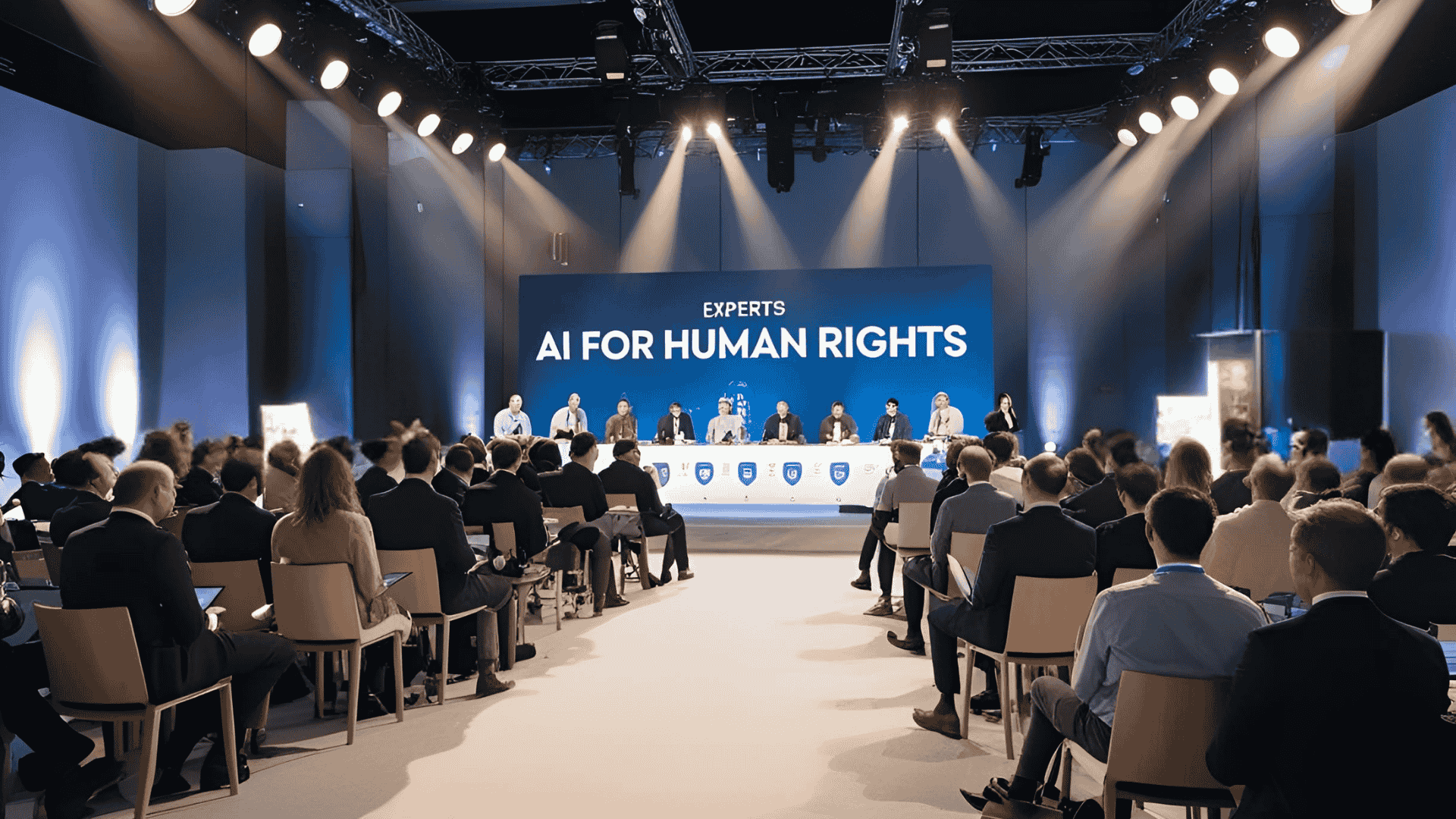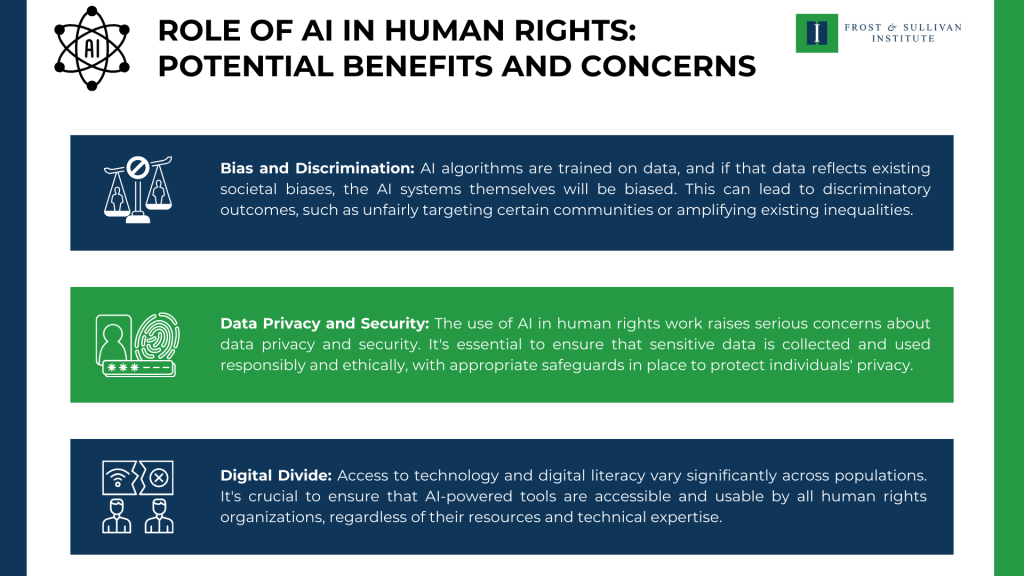
06 Apr AI for Human Rights: Bridging the Gap and Innovating Towards Zero Harm
Human rights refer to the basic rights and freedoms every person should have, regardless of their race, gender, religion, or other traits. These rights include things like equality, freedom, and protection from harm. In an increasingly interconnected world, the need for effective human rights monitoring and advocacy has never been more critical.
This blog focuses on vulnerable groups, such as refugees, women, children, ethnic minorities, and any such communities, who often face discrimination or abuse. By using AI, human rights organizations can better protect these groups from issues like trafficking, violence, and unfair treatment, ensuring their voices are heard and their problems are addressed more quickly. One of the most significant contributions of AI to human rights is that it can help in bridging the gap for vulnerable populations in the following ways-
- Amplifying Data Collection and Analysis
One of the most significant potential benefits of AI is its ability to amplify data collection and analysis. Human rights organizations are often overwhelmed by the sheer volume of information they need to process. AI algorithms can sift through news articles, social media posts, satellite imagery, and other data sources to identify patterns, trends, and emerging threats in real time. This can help organizations identify and respond to human rights crises such as human trafficking more quickly and effectively. For example, TraffickCam is an app that enables people to help combat child sex abuse and human trafficking by uploading photos of the hotel rooms they stay in when they travel. By creating a database of hotel room images that an investigator can efficiently search, to find other images that were taken in the same location as an image that is part of an investigation. The images that people submit via TraffickCam are used to train an image search system that is used at the National Center for Missing and Exploited Children.
- Enhancing Real-Time Monitoring
Furthermore, AI can enhance real-time monitoring of human rights situations. In conflict zones or areas with limited access to information, AI-powered tools can analyze open-source data to detect early warning signs of potential human rights violations, such as mass violence or political instability. This can enable human rights defenders to take preventative action and mitigate the impact of these crises. For example, satellite images confirmed the destruction of villages in Central Darfur in an attack in April 2013. According to Human Rights Watch, the images showed the town of Abu Jeradil in Sudan and surrounding villages in Central Darfur state almost down to ashes.
- Empowering Advocacy, Legal Action, and Bridging Global Gaps
Beyond monitoring, AI can empower advocacy efforts. By analyzing data and identifying patterns, AI-powered chatbots can provide legal information and guidance to individuals in remote areas or those who cannot afford legal representation. AI can also help amplify the voices of marginalized communities by providing them with tools to document and share their experiences of human rights violations. For instance, the International Rescue Committee (IRC) is testing a network of AI chatbots to help refugees and asylum seekers access vital services and information.
However, the potential benefits of AI must be weighed against the potential risks.

To ensure that AI is used ethically and responsibly in the human rights context, it’s crucial to:
- Develop and implement ethical guidelines for the development and use of AI in human rights work.
- Prioritize transparency and accountability in the development and deployment of AI systems.
- Invest in training and capacity building for human rights defenders to effectively use and understand AI tools.
- Engage in ongoing dialogue and collaboration between human rights organizations, technologists, and policymakers to address the ethical and societal implications of AI in this context.
By addressing these challenges and leveraging the potential of AI responsibly, human rights organizations can use technology to amplify their voices, protect vulnerable populations, and build a more just and equitable world for all.
Blog by Shreya Ghimire,
Research Analyst, Frost & Sullivan Institute
